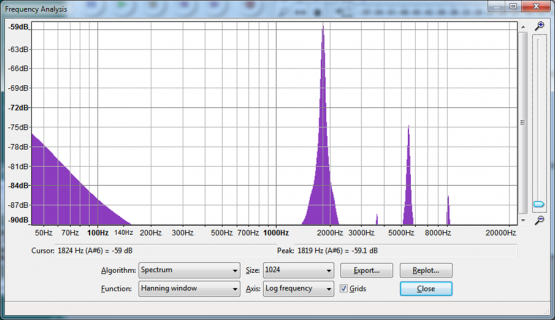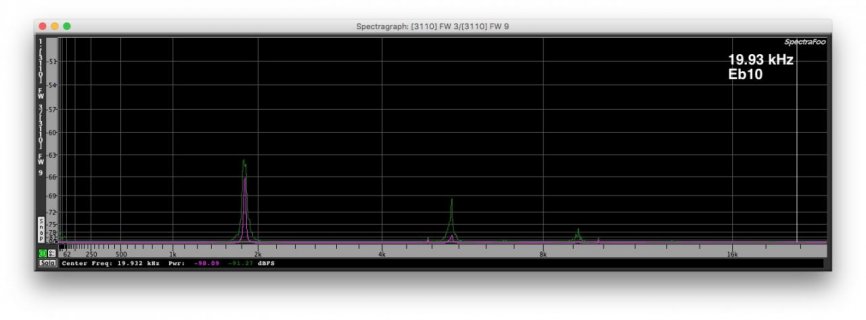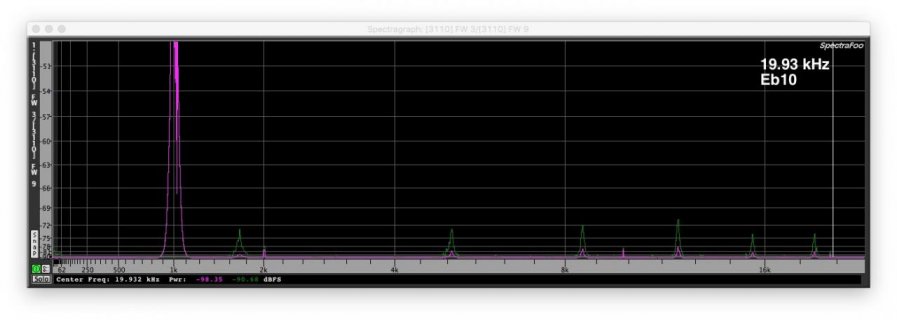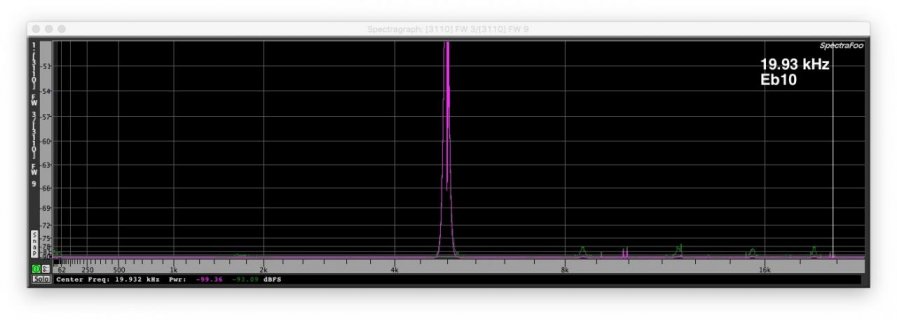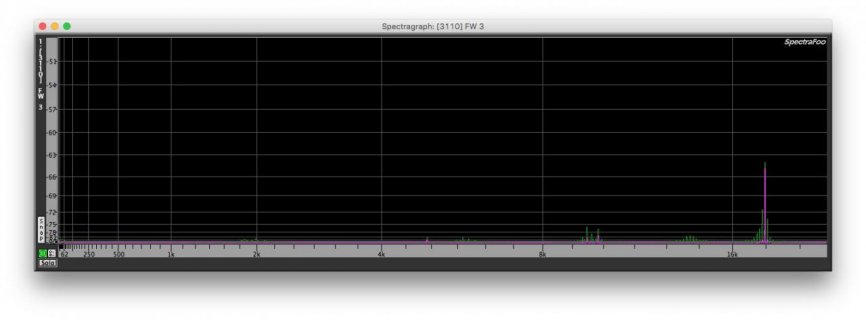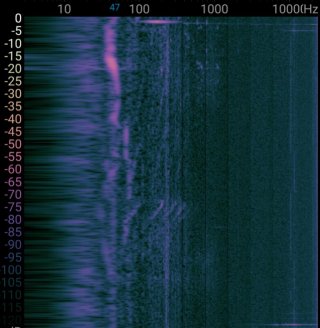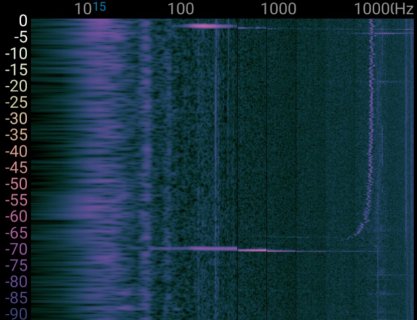chipaudette
Well-known member
Hi All,
I've been fighting noise issues with the Line-In on the Teensy Audio Board. It's a pretty persistent pulsing hashy kind of noise that my intuition says is related to digital activity on the board. So, I'm looking to see if I can trouble-shoot the issue by looking to better isolate the analog section of the Teensy Audio Board from the digital section.
Looking at the schematic, I see that there is a ferrite separating the analog supply pin from the digital supplies.
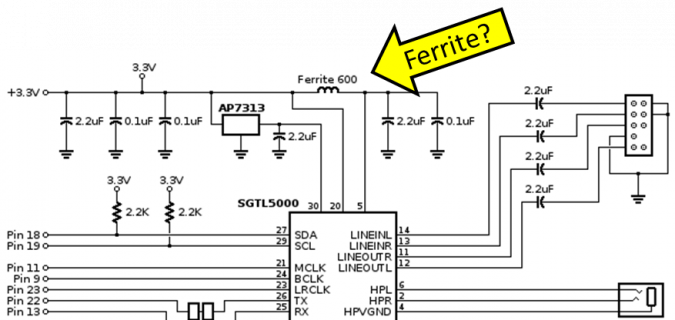
I'm thinking about removing that ferrite and inserting a low-noise LDO to be (possibly) better isolation for the analog supply. Since there is no PCB layout published for the Audio Board, it's not obvious to me which component is the ferrite. Can anyone help me interpret the layout. Which component is the ferrite?
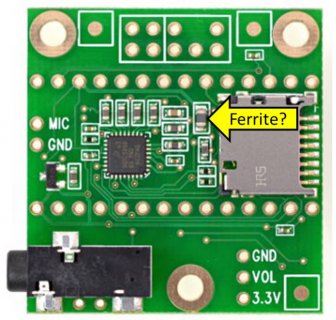
Thanks,
Chip
I've been fighting noise issues with the Line-In on the Teensy Audio Board. It's a pretty persistent pulsing hashy kind of noise that my intuition says is related to digital activity on the board. So, I'm looking to see if I can trouble-shoot the issue by looking to better isolate the analog section of the Teensy Audio Board from the digital section.
Looking at the schematic, I see that there is a ferrite separating the analog supply pin from the digital supplies.

I'm thinking about removing that ferrite and inserting a low-noise LDO to be (possibly) better isolation for the analog supply. Since there is no PCB layout published for the Audio Board, it's not obvious to me which component is the ferrite. Can anyone help me interpret the layout. Which component is the ferrite?

Thanks,
Chip



